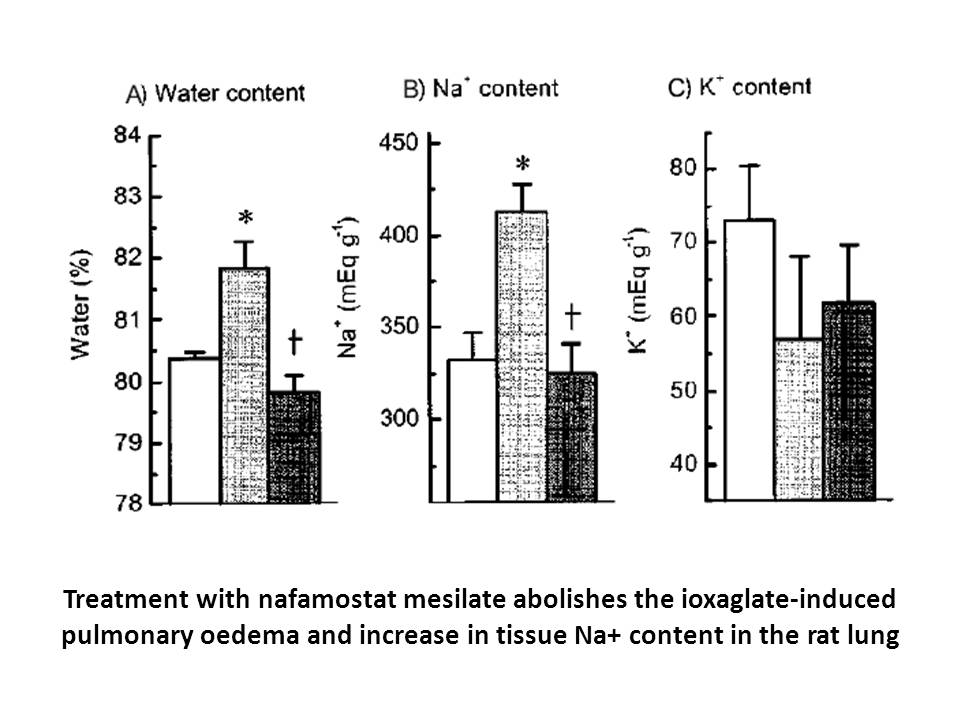Archives
Protein microarrays represent just one of a variety
Protein microarrays represent just one of a variety of experimental approaches that can be used to generate datasets of relevance to pathway mapping. Other approaches include protein protease inhibitor profiling techniques, such as antibody arrays [29], tissue arrays [30] and 2-dimensional gel electrophoresis followed by mass spectrometry [31], in addition to mRNA profiling techniques [32]. The use of these experiments might be significantly increased if the datasets could be interpreted in the context of data from protein microarrays and related technologies. However, to combine such datasets two crucial requirements must be met. First, these datasets must exist in forms that are sufficiently structured so that cross-referencing is straightforward. Current efforts to develop XML (extensible markup language) standards for several of these experimental data types (including DNA microarrays [33]) is an important, but perhaps insufficient, first step. Second, robust software tools capable of integrating these various and complex data types into forms that can be easily interpreted by users are required. The use of standards, availability of public datasets and useful software packages will become increasingly important aspects of pathway mapping.
Application to drug discovery
Challenges and future directions
Despite the exciting potential, functional protein microarrays are not without their challenges. Protein content, array manufacture and robust application development all present a series of inter-related issues that must be addressed in the coming years [34]. These start with the generation of the protein content itself. For instance, although a variety of human ‘clone sets’ exist [35–38], most are not in full-length expression systems, nor is their sequence fully verified. The generation of large collections of full-length sequence-verified human clones is an important step to enable the future development of this technology. However, even with this, the expression of functional proteins can be challenging, especially when post-translational modifications or membrane insertion are required for proper function. Expression in eukaryotic systems is clearly preferable to prokaryotic expression [4], but even then correct post-translational modification is not guaranteed. Our limited ability to control and quantitate post-translational modifications on the scale required for functional protein microarrays must be addressed. Even if correctly processed and a functional protein is obtained, surface attachment itself might compromise protein function. The development and characterization of robust surface chemistries and protein attachment approaches will continue to evolve.
Another area for future development is detection technology. In practice, assay detection requires some sort of chemical or radioactive-labeling strategy. However, there are significant disadvantages associated with such labeling, such as the effort required to introduce the label and the possibility that the label affects the function of the biomolecule being measured. This is especially true for small molecules, where radio-labeling is a slow often complex process, and chemical labeling is often associated with altered activity. It is clearly desirable to use biophysical detection techniques, such as surface plasmon resonance [15] and mass spectrometry [39], which don't require labeling. However, the development of sensitive techniques that can be applied on a true microarray format remains a challenge.
A final consideration, discussed previously, is that of data standardization. We believe that this is crucial if functional protein microarrays are to reach their full potential. It is only through standardization that researchers will be able to fully share their results and develop the field. Luckily, we are at an early stage in this nascent field, and can learn from the lessons of DNA a rray data standards [33].
rray data standards [33].